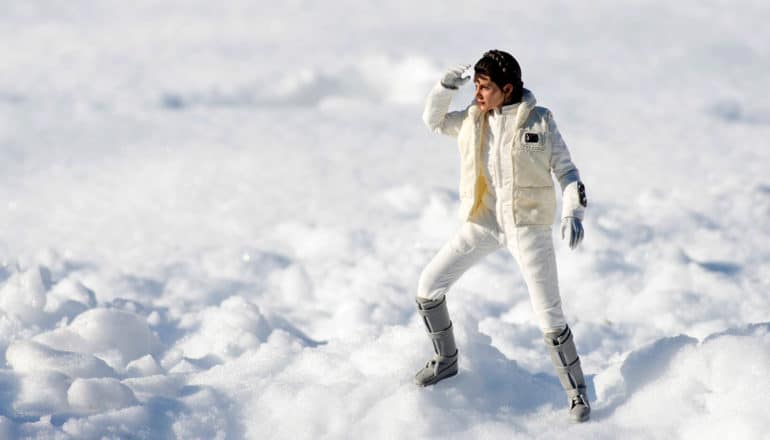
Could Star Wars really happen? Experts on planetary formation, processes, and habitability discuss the science behind the saga.
Space discoveries are in the news almost every week—but they may not make as big an impression as the legend of Star Wars. December 20 marks the release of the final installment of the Skywalker saga, The Rise of Skywalker. The film raises questions about the fate of the inhabitants of that faraway galaxy. And beyond the plot, there are plenty of questions we can ask about the science: How did those planets form? Could they exist in our universe? Is any of this possible?
At the Stanford University School of Earth, Energy & Environmental Sciences, researchers use geological and geophysical techniques to both investigate Earth and explore other planetary bodies:
- Dustin Schroeder, an assistant professor of geophysics, works on the use of ice-penetrating radar in observing and understanding the interaction of ice and water in the solar system.
- Laura Schaefer, an assistant professor of geological sciences, studies planetary atmospheres and their formation.
- Mathieu Lapôtre, assistant professor of geological sciences, focuses on the physics behind sedimentary and geomorphic processes that shape planetary surfaces.
- Sonia Tikoo-Schantz, an assistant professor of geophysics, uses paleomagnetism and fundamental rock magnetism as tools to investigate problems in the planetary sciences.
Here, the four experts answer questions about the plausibility of Star Wars:
The post How plausible are the planets in Star Wars? appeared first on Futurity.
from Futurity https://ift.tt/2rZ2bfi
No comments:
Post a Comment